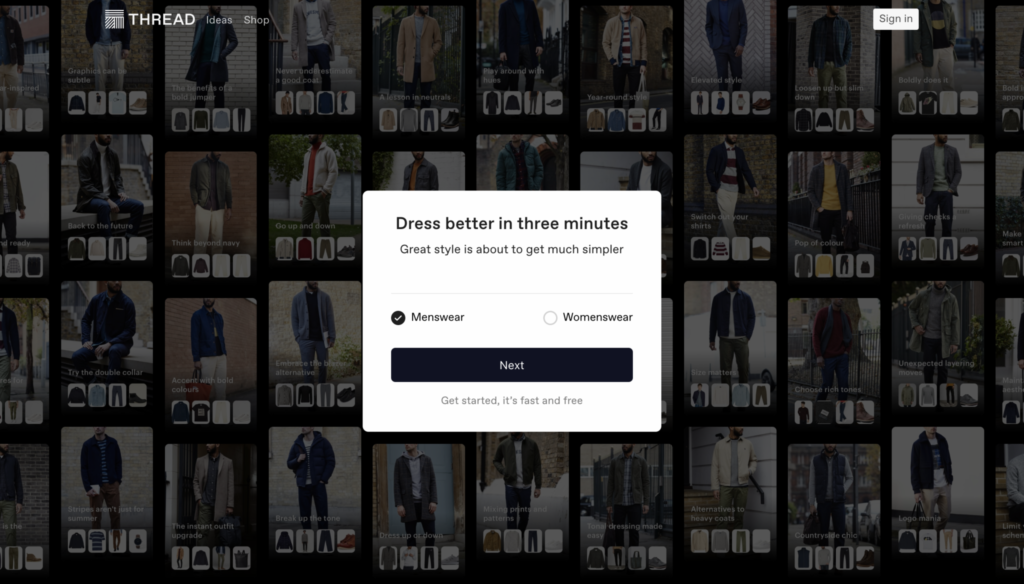Blog Post
3 ways Design and AI are shaping the world
AI-driven design is combining data, design and machine learning to develop intelligent solutions that improve people’s lives. While data scientists contribute as creative problem solvers, designers bring the empathetic context for the experience.
With the employment of data science, interactions can be designed to feel more relevant and personalized to individual users. That’s why, together, designers and data scientists are the unbeatable teams of the future. And, with frog, we will train the next generation on the market. What magic comes out of that mix? Buzzword Innovation is part of the answer. As the relationship between computing technology and human design can be described as complementary within the innovation process.
We defined three main points to guide you through the way AI and design experiences are having an impact on today’s technological progress.
1. Automation
Intelligent automation includes tools such as machine learning, deep learning and neural networks, where machine-perception tools draw conclusions and take actions through analysis, self-training, and experience. As a result, several business processes run more smoothly and faster.
A remarkable characteristic of this automation technology is the low involvement of human assistance needed. Nevertheless, the design process plays a fundamental role. As human creativity and emotional intelligence remain the only responses to find solutions to problems and cannot be replaced by machines.
Adobe Sensei represents a perfect case where AI and machine learning are used to automate and shorten certain image processes by identifying and standardizing patterns. This tool, for example, is used by Airbnb to produce paper sketching interfaces.
https://www.youtube.com/watch?v=tL46xeIV5mc
2. Personalization
Personalization can be considered as one of the main features to establish strong relationships between customers and brands, increase customers engagement and encourage their loyalty. In this context, AI plays an important role when it comes to generating personalized strategies to enhance customer experience. AI-technologies gather data to create customer profiles that consistently vary according to changing behaviours. Based on those databases, marketers narrow the target of promotions, products, and services. Consequently, the outcomes are dynamic interfaces influenced by advanced design tools.
A good example is Thread, a fashion technology brand offering personalized clothing recommendations for all its customers based on collected data with AI technologies.

3. Augmentation
Augmentation represents an alternative conceptualization of artificial intelligence primarily emphasising the assistive role of AI tools. In one word, augmentation is an improvement. AI is intended to enhance human creativity and intelligence rather than replacing them. Indeed, many creatives and developers apply AI technologies on their products and services to empower everyone to free their creative minds and to provide them with meaningful and relevant experiences.
Especially over the recent years, advancements reached important improvements in terms of UX (user experience), reducing frictions and strengthening customers engagement. Vision-driven UX, for example, is a notable interaction feature between technology and humans.
To give you an example, Prisma or Auto Draw are apps designed with augmented intelligence which help to edit pictures into professional paintings.
Our Ai x Design Programme with frog will give participants the opportunity to work on real industry projects, developing some of the most innovative solutions in the market. From the creative industry latest trends to the most recent technology advancements, our hands-on learning approach will empower participants to be future-ready.
Are you an AI expert or designer? Then join us at the upcoming Ai x Design Programme, in Munich.
-

Marika Chillemi
Pi School